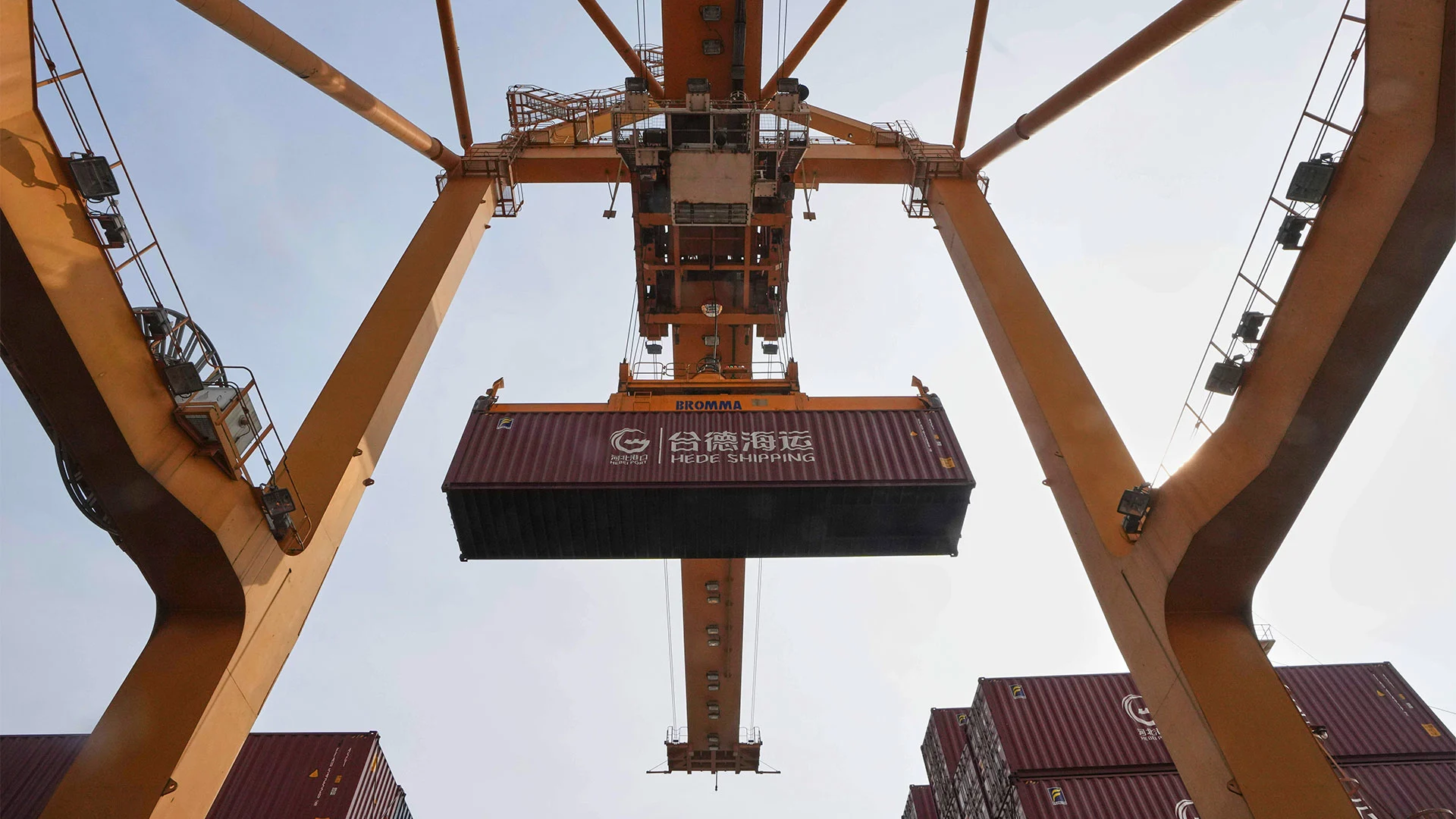
"Trump has broadened the definition of trade barriers to include various domestic policies and regulations beyond traditional tariffs, expecting countries to make far-reaching concessions."
"Many targeted countries find it difficult to formulate a clear understanding of what the Trump administration desires in trade negotiations, leaving them in ambiguity."
"Vice President JD Vance's announcement about India's willingness to engage in trade talks indicates some progress; however, many countries remain hesitant."
"The Trump administration's import tax goals are conflicting, aiming for increased revenue while simultaneously pushing for better access to foreign markets and regulatory reforms."
The Trump administration has introduced tariffs with the goal of compelling countries to lower trade barriers, which now encompass non-traditional areas like currency rates and regulatory measures. Countries have been given three months to negotiate concessions. However, clarity on the U.S. demands remains elusive, leading many officials to express confusion regarding the negotiations. Notable progress has been seen with India agreeing to talks, but most nations struggle with the broader implications of the proposed trade terms and conflicting objectives from the U.S. concerning tariffs and market access.
Read at Fast Company
Unable to calculate read time
Collection
[
|
...
]